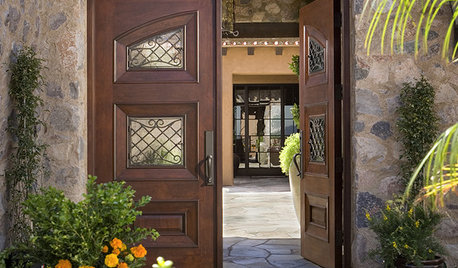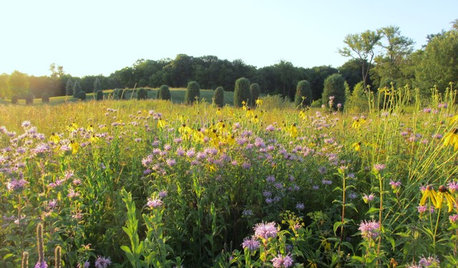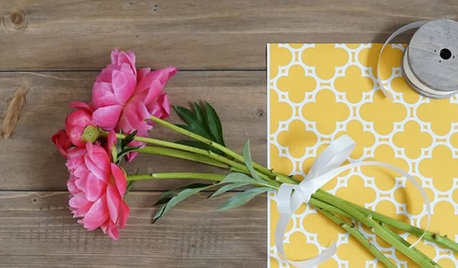flora shield
Stan_5_1
19 years ago
Related Stories

ARCHITECTURECity View: Phoenix Style Blooms in the Desert
Designers are leaving literal desert references in the dust, now favoring ubercontemporary styles along with Spanish colonial revival
Full Story
GARDENING GUIDESWhat Prairies Teach Us About Garden Design
Wild spaces offer lessons for home gardeners about plants, pollinators and the passage of time
Full Story
INSPIRING GARDENSNative Plants Bring 10 Southern California Front-Yard Gardens to Life
Rare plants, rain gardens and wildlife habitats are just a few of the features showcased on the 2016 Theodore Payne Native Plant Garden Tour
Full Story
GARDENING GUIDESLessons in the Rewards of Selfless Gardening
Let go of gardening for your own vision and watch the garden’s own true vision come forth
Full Story
CONTAINER GARDENS3 Steps to Creating Quick, Easy and Colorful Succulent Containers
Take a bright container, add a colorful succulent or two and have a professional, summery design in minutes
Full Story
SHOP HOUZZHouzz Products: Great Gifts for Mom
Mother’s Day is May 11! Let Mom know how much she means to you with one of these terrific gifts from the Houzz Products section
Full StorySponsored
Columbus Area's Luxury Design Build Firm | 17x Best of Houzz Winner!
More Discussions






groman
baci
Related Professionals
Maple Valley Landscape Architects & Landscape Designers · Ferndale Landscape Architects & Landscape Designers · Ilchester Landscape Architects & Landscape Designers · La Marque Landscape Architects & Landscape Designers · Otsego Landscape Architects & Landscape Designers · Maple Valley Landscape Contractors · Burien Landscape Contractors · Hickory Hills Landscape Contractors · Melrose Park Landscape Contractors · North Lauderdale Landscape Contractors · Pacifica Landscape Contractors · Stony Brook Landscape Contractors · Tamarac Landscape Contractors · Yukon Landscape Contractors · Brentwood Los Angeles Outdoor Lighting & Audio Visual SystemsStan_5_1Original Author
baci
NLG1
Stan_5_1Original Author
pmcai05_yahoo_com
homehydro
joe.jr317